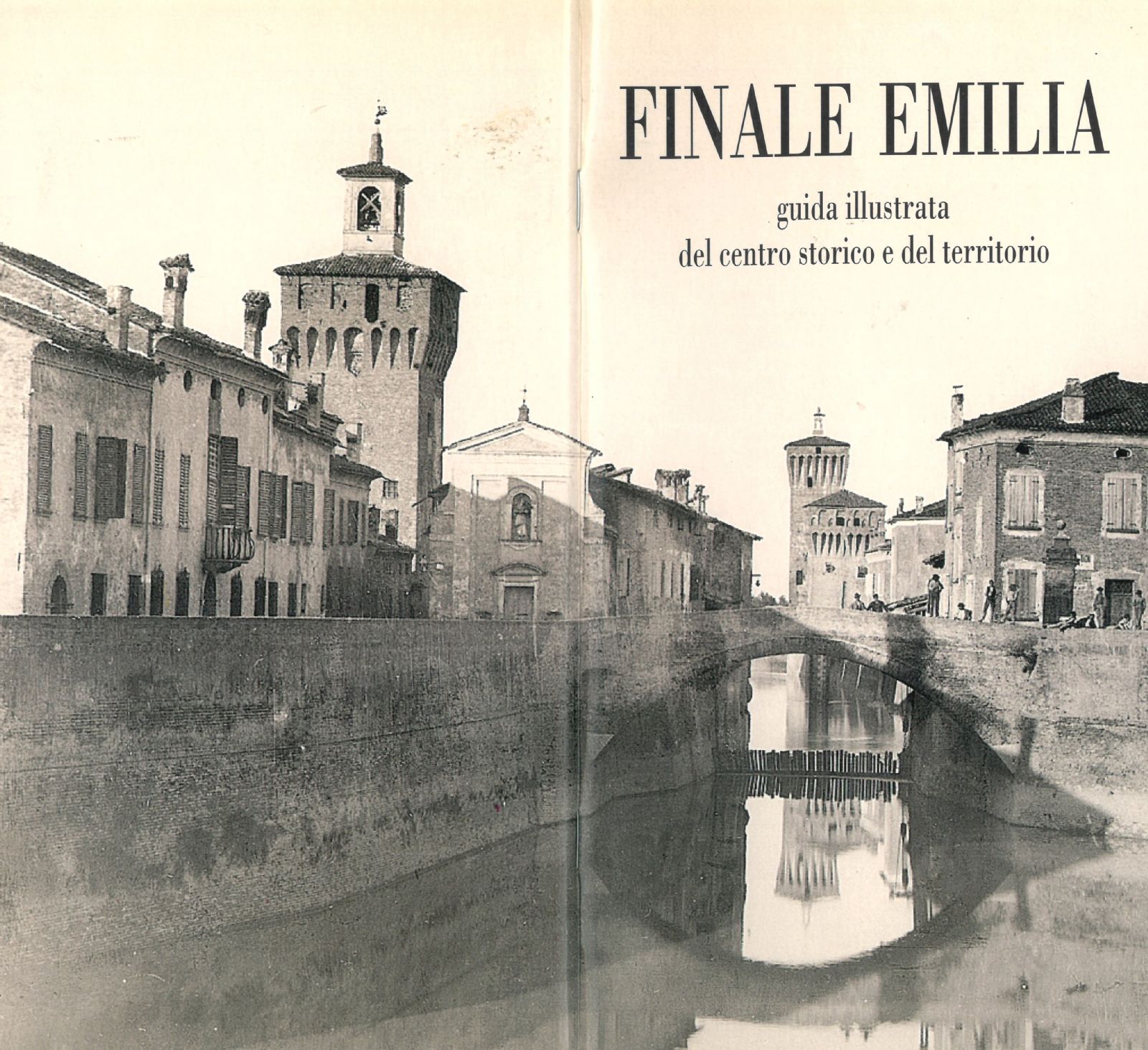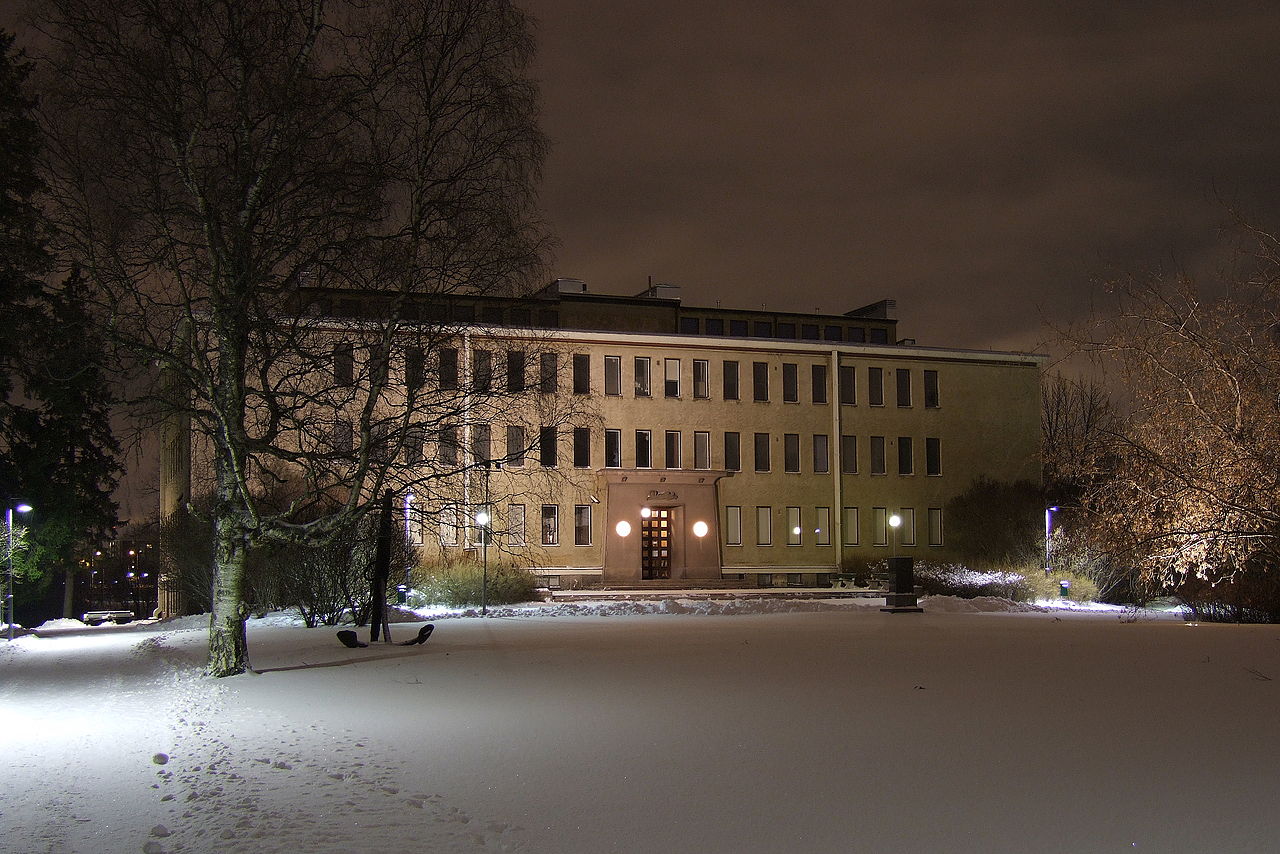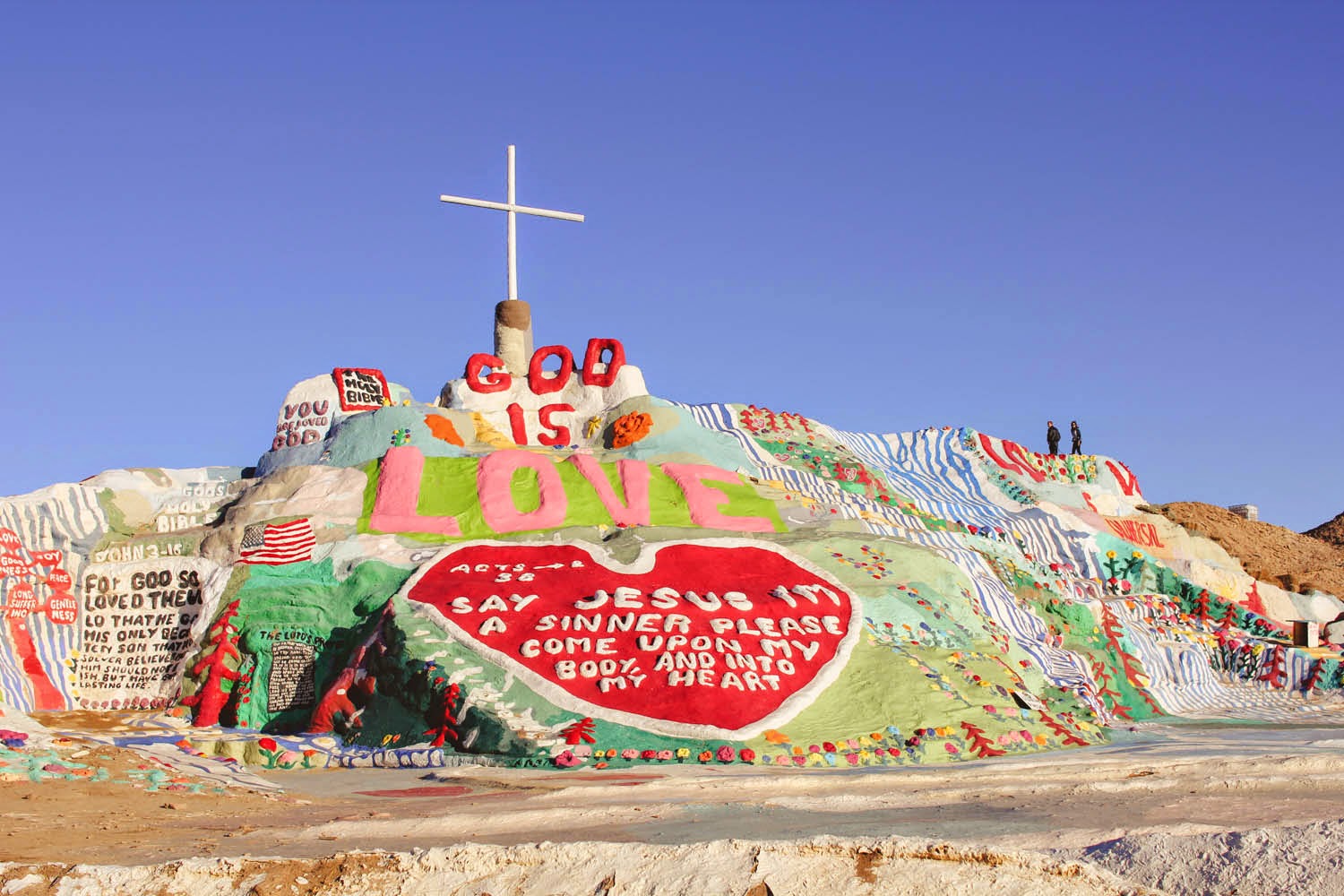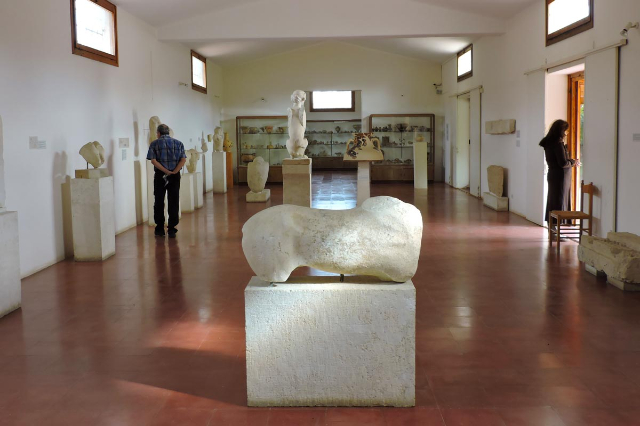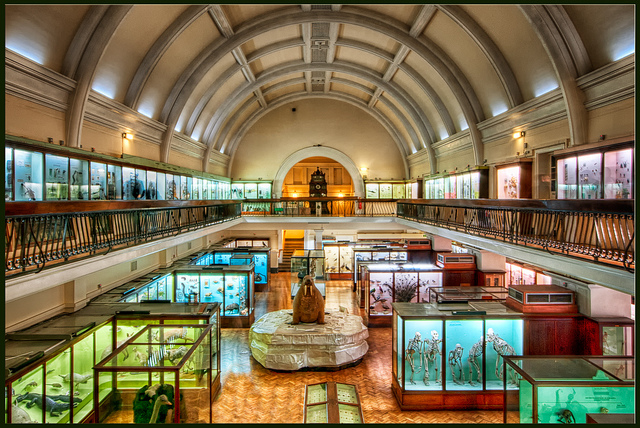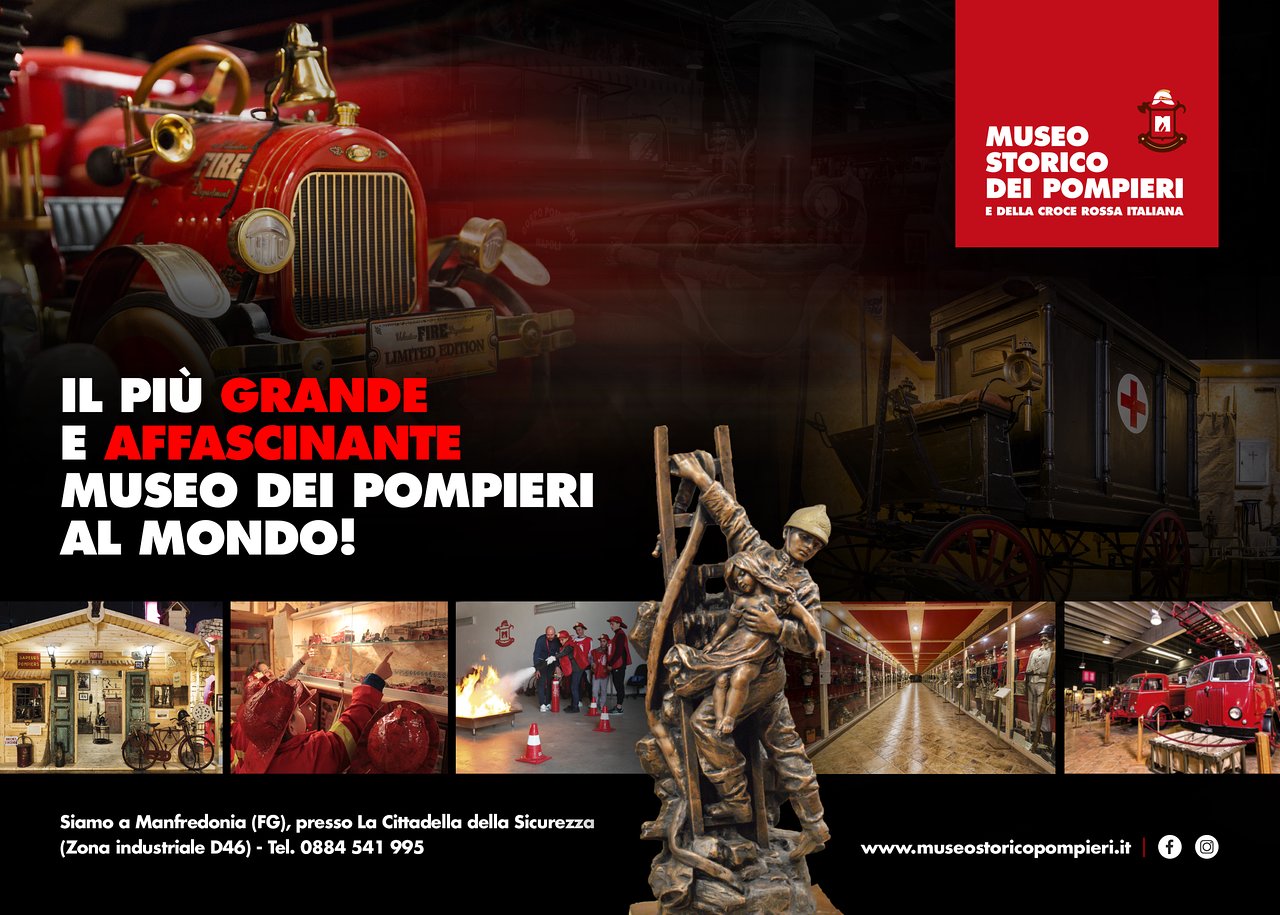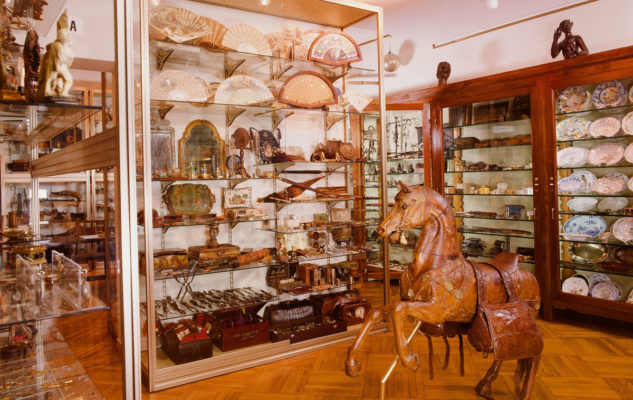The Museo Civico di Finale Emilia was founded in the late sixties, with the formation of several collections of archaeological, geological and paleontological interest by local scholars and volunteers. In 1992 it was owned by the municipality and since 2002 it has been located in the Castello delle Rocche, from which the great Eagle of Este, in terracotta (16th century), on display in the entrance hall. Along the route it is possible to observe prehistoric and Roman finds, numismatic collections and samples of minerals, rocks, fossils, vertebrates and invertebrates. A collection of ethnographic interest completes the visit.
The archaeological collection, rich in over one thousand two hundred objects, preserves numerous prehistoric finds, including flints and pottery from a nearby terramara, as well as domestic ceramics, dumbbell bricks, floor hexagons and mosaic tesserae from the Roman period, dating mainly to the first century AD. The museum heritage includes a rich numismatic collection of about four hundred examples. Ceramic fragments dating back to between the 15th and 17th centuries have been recovered during excavations carried out in the centre of the town, on the site of the monastery of Santa Chiara and the castle.
The exhibition of locally produced pottery from the 17th to the 19th century is worth mentioning, followed by the geological collection, with over eight hundred finds, palaeontology and malacology. There are samples of minerals, rocks and fossils-vegetals, vertebrates, invertebrates of national and foreign value. Of ethnographic interest, finally, is the collection formed by Antonio Simoni, governor of Ethiopia from 1936 to 1938 recently donated to the museum, including numerous white weapons from the seventeenth to the nineteenth century, as well as objects of the Ethiopian tribe Sidamo.
The Territory Section is located in the Motorway Room in Viale Stazione 2.
